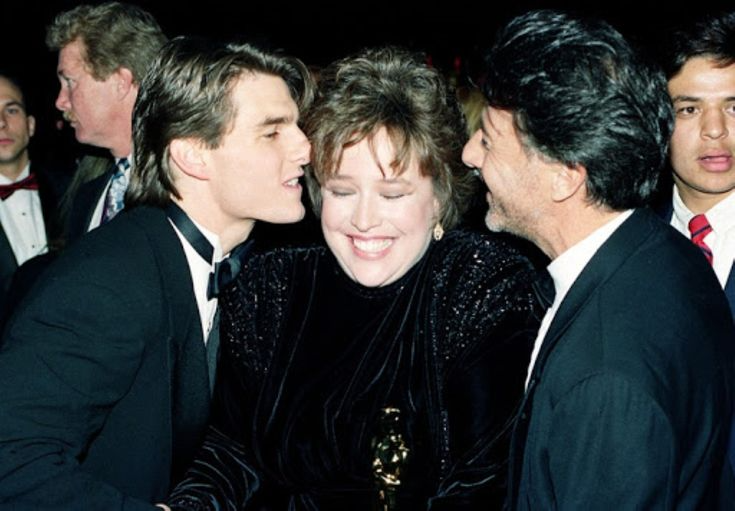
More than thirty years after its release, Fried Green Tomatoes continues to resonate deeply with audiences around the world. What began as a modest film about two women sharing stories in a nursing home has grown into a cultural touchstone—a film people quote, cry to, and return to like an old friend. But what is it that gives this film such staying power? What makes it more than just a period drama or a sweet Southern tale?
The answer lies in its layers—its storytelling, its characters, its secrets, and its soul. Let’s peel them back and explore why Fried Green Tomatoes still feels relevant, fresh, and emotionally profound decades later.
The Power of Storytelling: A Film About Telling Stories
At its core, Fried Green Tomatoes is about storytelling—how the act of telling and listening can heal, inspire, and connect generations. The bond between Evelyn Couch and Ninny Threadgoode isn’t built on shared experiences, but on shared narratives. Ninny’s voice becomes a bridge, transporting Evelyn—and us—into the world of Whistle Stop, Alabama.
This layered storytelling isn’t just a clever narrative device. It reflects a universal truth: stories save us. For Evelyn, they provide courage to change her life. For viewers, they serve as emotional mirrors. They remind us of who we are, where we’ve been, and who we might still become.
The Women Who Carried the Story
Fried Green Tomatoes is often praised for its powerful female leads—and rightly so. The film dares to center women not as accessories to male characters, but as complex individuals with their own arcs, desires, and agency. Let’s take a closer look at the emotional impact of these women:
-
Idgie Threadgoode: Wild, rebellious, and fiercely loyal, Idgie is the kind of character who stays with you. Her refusal to conform—whether to gender roles, expectations, or societal norms—makes her timeless. Viewers continue to find empowerment in her boldness and compassion.
-
Ruth Jamison: Ruth’s quiet strength often sneaks up on audiences. She endures loss, abuse, and illness, yet never loses her gentle heart. She represents a different kind of power—one rooted in grace, resilience, and enduring love.
-
Evelyn Couch: Perhaps the most relatable character, Evelyn’s transformation resonates deeply with anyone who has ever felt small, ignored, or trapped in routine. Her evolution is emotional because it feels earned. She grows because she dares to listen, to imagine, and eventually, to act.
-
Ninny Threadgoode: The storyteller. The spark. The soul of the film. Her warmth and wit wrap around the viewer like a quilt. And her final reveal—that she might, in fact, be Idgie—adds a beautiful layer of mystery that still stirs debate and emotion.

A Southern Setting with Universal Appeal
Whistle Stop isn’t just a location; it’s a character in itself. With its dusty roads, train whistles, front porches, and plates of fried green tomatoes, the town offers a sense of place so vivid you can almost taste it. But what’s remarkable is how this deeply Southern setting manages to feel universal.
That’s because the emotions the town evokes—nostalgia, belonging, simplicity, and community—are things people everywhere crave. Whether you’re from New York, London, or a quiet rural town, the longing for a place like Whistle Stop taps into something primal: the desire for home.
The Unspoken: Queerness, Race, and Repression
While the film is warm and heartfelt, it also touches—sometimes subtly, sometimes directly—on difficult themes: domestic abuse, racism, injustice, and queer love. These themes have invited generations of re-evaluation.
Many viewers today revisit the relationship between Idgie and Ruth with fresh eyes. While the film never explicitly labels their bond, it’s charged with emotional and physical intimacy that defies simple categorization. For queer viewers, especially those from earlier decades, this “hidden in plain sight” love story was revolutionary in its own quiet way.
The racial dynamics, especially the story of Big George and his unjust treatment, are another area where the film speaks to broader systemic truths. While some critics wish the film explored these themes more directly, others appreciate the way they are woven into the background—ever-present, much like in real life.
Why We Keep Coming Back?
So why do people continue to return to Fried Green Tomatoes decades after its release? Why do they pass it on to friends, children, and grandchildren?
Because it feels real. It’s not sensational. It doesn’t rely on big-budget effects or shocking plot twists. Instead, it’s built on things we all understand: the pain of loss, the joy of friendship, the ache of memory, and the courage it takes to change your life.
It’s a film that teaches without preaching, comforts without condescending, and empowers without shouting.
More Than a Movie – A Legacy
Fried Green Tomatoes is more than just a film. It’s a legacy. A ritual. A safe place. It’s the kind of movie that sits quietly on your shelf until one day you need it – when you’re heartbroken, when you need hope, when you want to remember who you are.
It’s a film that reminds us:
-
That friendship is sacred.
-
That strength comes in many forms.
-
That life, even when it hurts, is still worth living boldly.
And maybe most importantly, it reminds us that our stories—no matter how small or quiet—can change lives.
